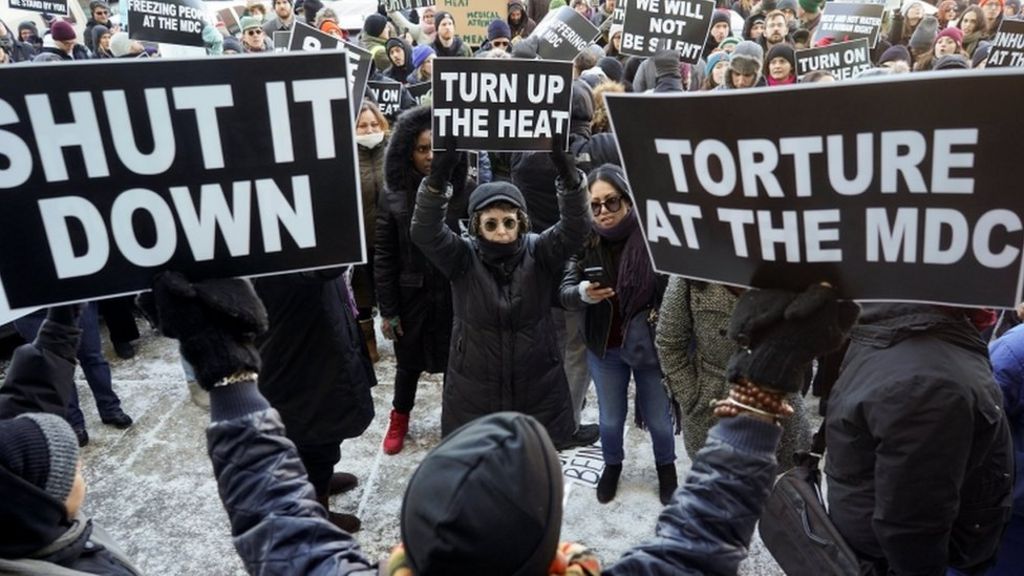

The new standard broadened the conditions for release to include incarcerated individuals who have served at least 25 percent of their sentences and who have less than 18 months remaining on their term. As of April 23, the Trump Administration once again changed the criteria used to consider incarcerated individuals for early release.According to advocates and family members, many individuals had already been put into pre-release quarantine before the reversal was announced. On April 20, some people incarcerated in BOP custody were told that officials were no longer considering early releases for inmates who have served less than half their sentence, a reversal of an April 9 announcement from BOP staffers.At the same time, anyone who thinks they’re eligible for home confinement may apply for release and provide a release plan to their case manager. Notably, individuals can be released to home confinement without submitting a request.
#New york lockdown january update#

Barring that, prison officials should use their discretion to transfer people to community corrections options.

Reducing Jail and Prison Populationsīrennan Center Recommendation: Elderly and sick people and those incarcerated for parole violations should be released or recommended for release under compassionate release provisions or another authority. Though some states have explicitly included incarcerated individuals in their vaccination plans, many have not yet provided information as to how and when those behind bars will be granted access to this protection. According to analyses by The Marshall Project and The Associated Press, this constitutes an 8% decrease in the national prison population since the pandemic started.Īs the coronavirus pandemic continues to ravage the country, and particularly its incarcerated populations, government actors have turned their attention to vaccine distribution as the solution to this health crisis. Some correctional authorities have already begun this work.īetween March and June, more than 100,000 people were released from state and federal prisons. They can also ease conditions of confinement and increase access to health products. Factor in the unique health challenges faced by incarcerated people and the limited availability of quality healthcare, and it’s no surprise that correctional facilities are uniquely vulnerable to diseases such as Covid-19.Ĭorrectional administrators have limited control over how long people spend incarcerated, but they can use what authority they possess to release people outright or direct people to less restrictive forms of confinement. Even in the best of times they are, by definition, facilities where people are placed in close contact with each other on a near-constant basis.

Prisons and jails frequently suffer from overcrowding. Attend the Brennan Legacy Awards Dinner.Advance Constitutional Change Show / hide.National Task Force on Democracy Reform & the Rule of Law.Government Targeting of Minority Communities Show / hide.Campaign Finance in the Courts Show / hide.Gerrymandering & Fair Representation Show / hide.Ensure Every American Can Vote Show / hide.


 0 kommentar(er)
0 kommentar(er)
